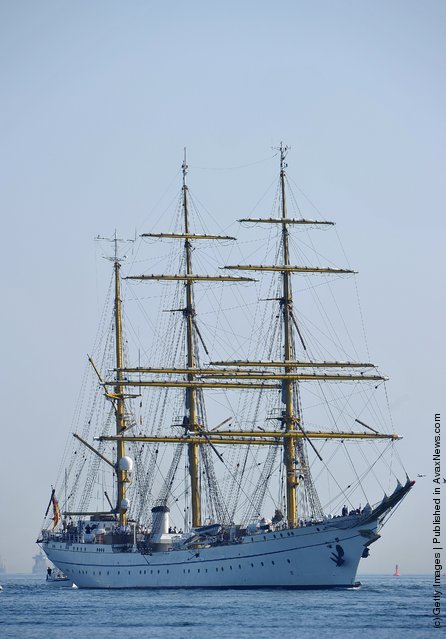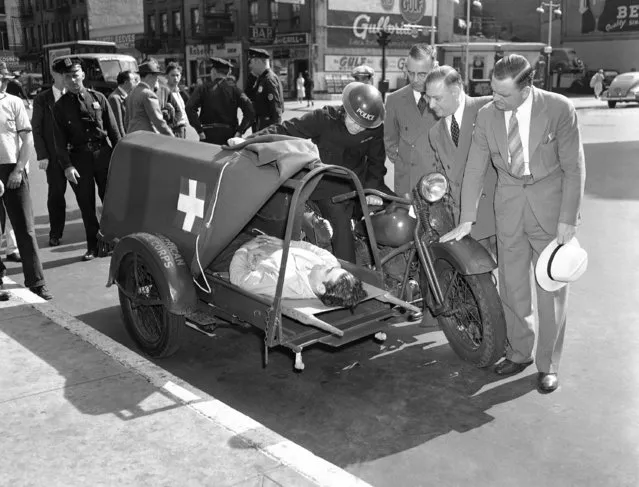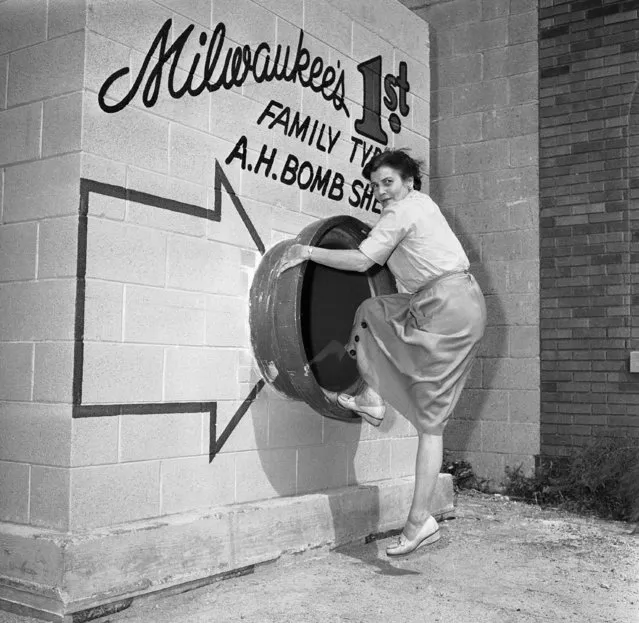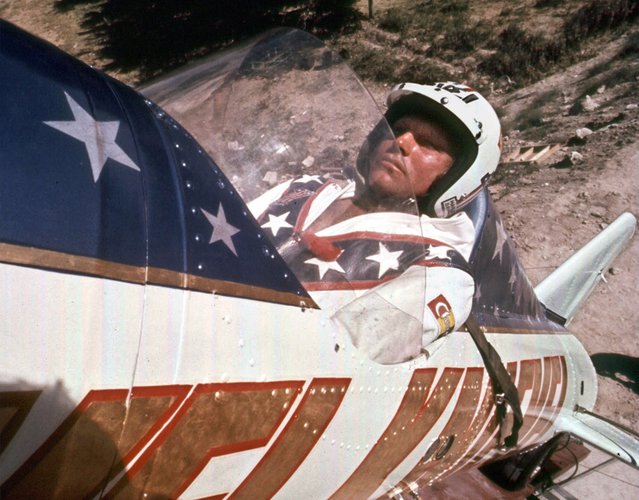
Partipants vie for the ball during the 11th Mud Olympics held at the North Sea coast in Brunsbuettel, Germany, July 11, 2015. Amateur athletes have competed in several disciplines at the Mud Olympics since 2004. (Photo by Axel Heimken/EPA)
12 Jul 2015 13:41:00,post received
0 comments







